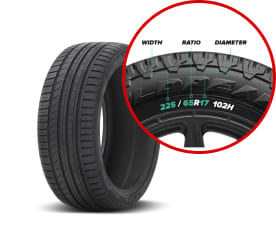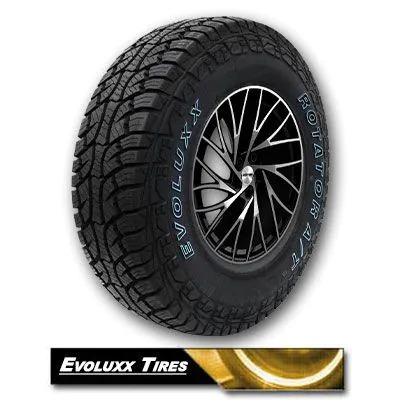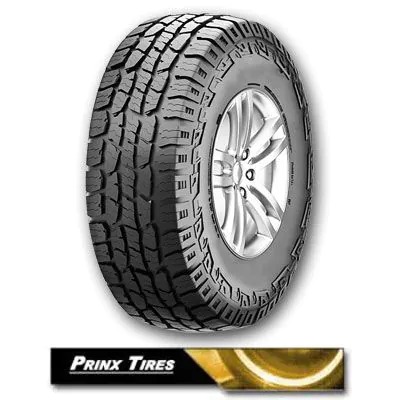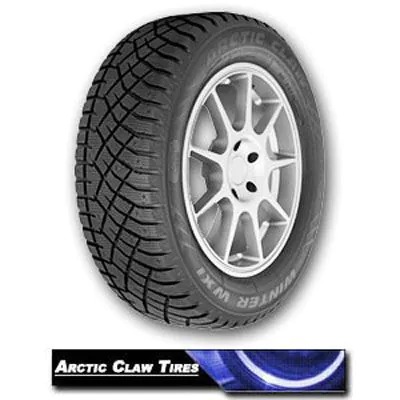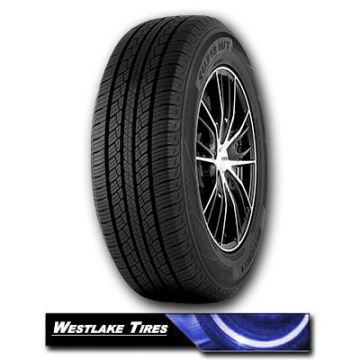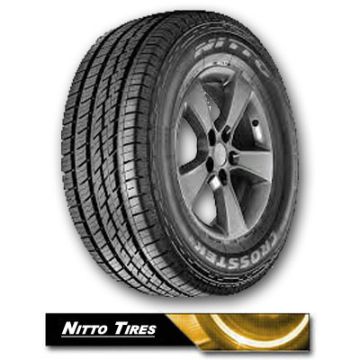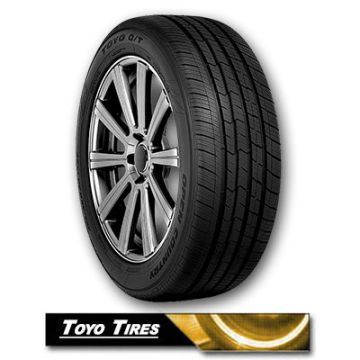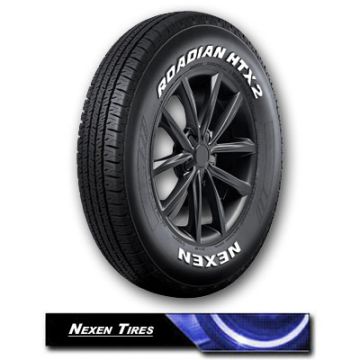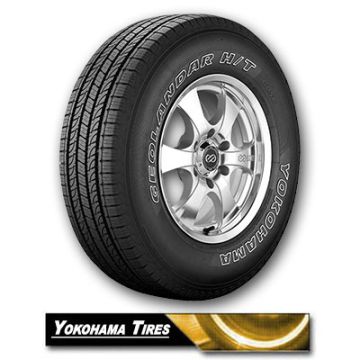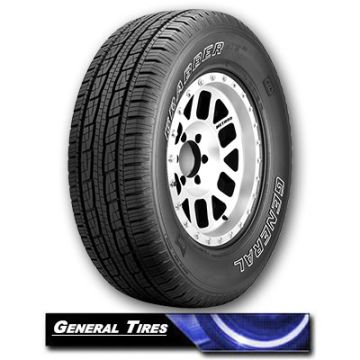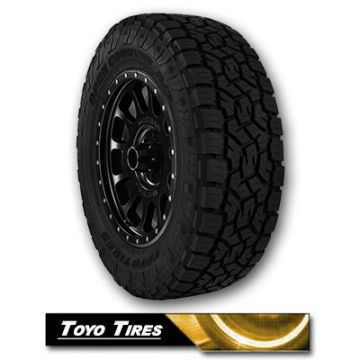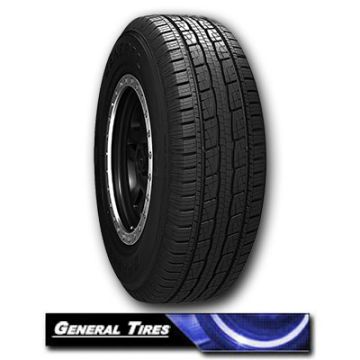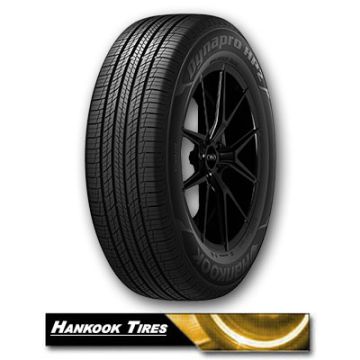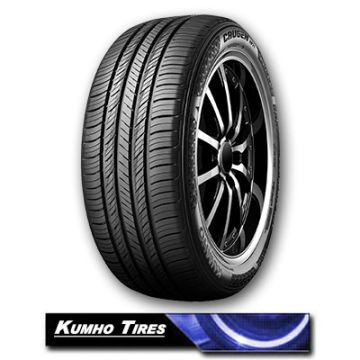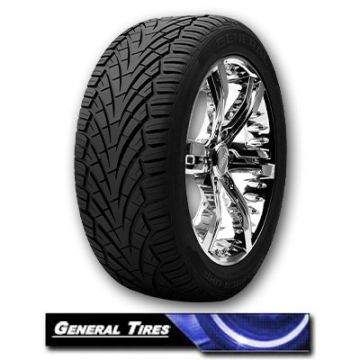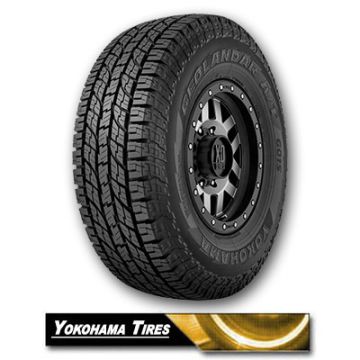Frequently Asked Questions
It is the tire size information. 255 shows the width given in millimeters. Whereas 65 refers to the aspect ratio, which represents the percentage of the sidewall height over the width. The radial construct is demonstrated by R and is considered the most common one. Finally, 16 represents a wheel rim diameter measured in inches.
The height or overall diameter of a 255 65R16 tire can be calculated using the following formula: (width x aspect ratio) x 2 + wheel diameter. In this case, it would be (255 x 0.65) x 2 + 16 = 331.5 + 16 = 347.5 mm, or approximately 13.7 inches.
The tire pressure for 255 65R16 may depend on the vehicle manufacturer and the tire type. However, for regular passenger vehicle tires, it ranges between 30-35 PSI or 207-241 kPa. The optimal pressure may differ depending on the driving conditions, so it is necessary to follow the manufacturer’s steps.
Yes, you can change a tire with a width of 265 to 255, but it is necessary to consider several factors. Even though the difference in width is only 10 millimeters, it can still affect the handling and “behavior” of your vehicle. The tire’s load-carrying capacity and speed rating should also meet the needs of your SUV, so check these figures on the tire sidewall you selected.
The lifespan of 255/65R16 tires may fluctuate. It depends on factors such as driving styles, passenger/cargo loading, maintenance, and road conditions. However, you can easily cover between 40,000 and 60,000 miles or about 3 to 5 years of daily driving.
